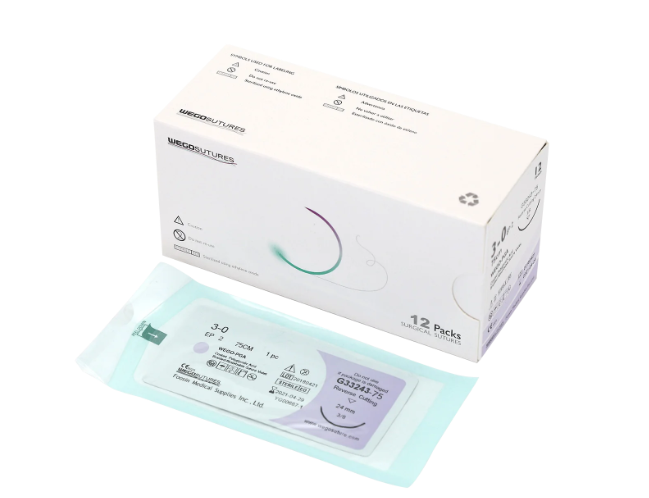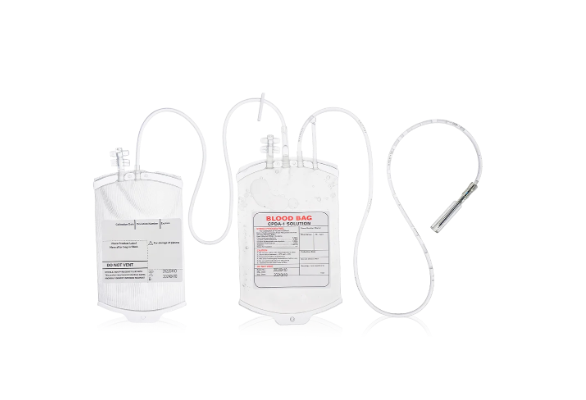Choosing the right type of suture is a critical decision that impacts patient recovery and overall surgical outcomes. At our company, we understand the importance of matching suture material to wound type, tissue characteristics, and healing requirements. As a trusted provider of medical solutions, we emphasize informed choices that balance durability, tissue response, and ease of use. Among the options available, absorbable surgical suture is often preferred for internal tissues where removal is impractical or could risk complications.
Understanding Absorbable Sutures
Absorbable surgical sutures are designed to provide significant clinical advantages in specific settings by gradually breaking down in the body. This process eliminates the need for suture removal, reduces the risk of infection, and minimizes tissue irritation. Selecting the appropriate suture material and structure is crucial to ensure sufficient tensile strength during critical healing phases, while allowing safe resorption afterward. Different absorbable suture materials, including polyglycolic acid-based options, provide predictable absorption rates and consistent wound support, which are essential for optimizing tissue recovery and promoting successful surgical outcomes. Understanding these characteristics allows surgeons to choose the best suture type for each procedure, improving overall patient safety and comfort.
Comparing to Non-Absorbable Alternatives
Non-absorbable sutures remain important when long-term tensile strength is required, but they involve additional considerations, such as removal procedures or careful monitoring to prevent complications like infection or foreign body reactions. Absorbable sutures address many of these limitations while maintaining comparable performance for tissue support. Factors such as tissue type, surgical site, and expected healing timelines should guide suture selection. By understanding the functional differences between absorbable and non-absorbable options, surgical teams can make informed choices that reduce patient discomfort, simplify postoperative care, and maintain reliable wound closure throughout the healing process.
Quality Standards and Reliable Practices
To ensure the safety and effectiveness of absorbable sutures, it is important to follow rigorous manufacturing and quality control practices, including adherence to CE and FDA regulations. Properly produced sutures combine high-quality materials, precision needle technology, and predictable absorption characteristics, which contribute to optimal clinical results. At WEGO Medical, we provide guidance on material selection and suture handling, helping surgeons access dependable options. By integrating stringent quality standards and monitoring production processes, healthcare providers can ensure consistent suture performance, support superior tissue healing, and minimize the risk of complications in surgical procedures worldwide.
Conclusion
Selecting the right suture involves more than simply choosing between absorbable and non-absorbable types; it requires consideration of tissue needs, healing expectations, and patient safety. With our expertise in absorbable surgical suture and a commitment to quality, we provide medical professionals with reliable tools to promote effective wound healing. By understanding the differences, advantages, and applications of each suture type, surgeons can make informed decisions that enhance recovery while minimizing complications, supported by the trusted solutions offered by WEGO Medical.






